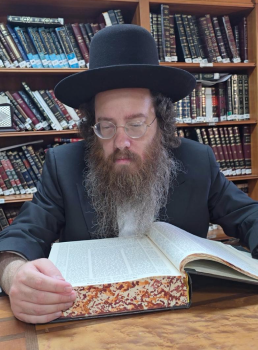Maris Ayin and Chashad
Question
Answer
Shalom!
Thank you for your question.
The term maris ayin refers to the prohibition against doing something that is likely to cause onlookers to suspect that one is violating halacha even though one is doing something technically permissible. The term “chashad” is often used to convey this, as well, rendering the two terms synonymous.
Others assert that “chashad” is not the same thing as “maris ayin.” According to this approach, “chashad” is when one does something that causes onlookers to believe that one is sinning even though one isn’t sinning and even when it will not cause others to sin.
The source for the prohibition to behave in a way that might appear as if one is acting inappropriately is derived from the verse in Bamidbar (32:22), “And you shall be clear before Gd and the Jewish people.” The tribes of Gad and Reuven wanted to remain on the east bank of the Jordan and not enter into the Land of Israel with everyone else.
Moshe allowed them to remain in the Jordan as long as they would first join the other tribes in conquering the land of Israel which would be their way of demonstrating that they “were clear before G-d and the Jewish people” and did not abandon their brethren in the face of war.
It is a matter of dispute whether causing “maris ayin” and “chashad” are biblilical violation or rabbinical ones.
Some of the examples of causing maris ayin and chashad include: entering a non-kosher restaurant for a meeting, to use the washroom, or to purchase a kosher item such as a bottle of water. While all such things are technically permitted, onlookers might suspect that one is entering the restaurant to eat non-kosher food. There is also the question of eating kosher “bacon bits,” “cheeseburgers,” and “mock crab.”
In the past, one was required to place almonds on the table when one would cook or serve almond milk with meat, so that onlookers would not suspect that one was using real milk. Similarly, when non-dairy coffee creamer and pareve ice cream were first introduced, many authorities ruled that one was required to leave the packaging on the table when using these products at a meat meal in order to reassure others that they were indeed pareve. Nowadays, however, since such pareve alternatives have become so widespread, one is no longer required to do so, since there is no compelling reason to suspect otherwise, although one shouldn't eat it together with meat. We see from here that marit ayin is often subject to societal norms and assumptions.
